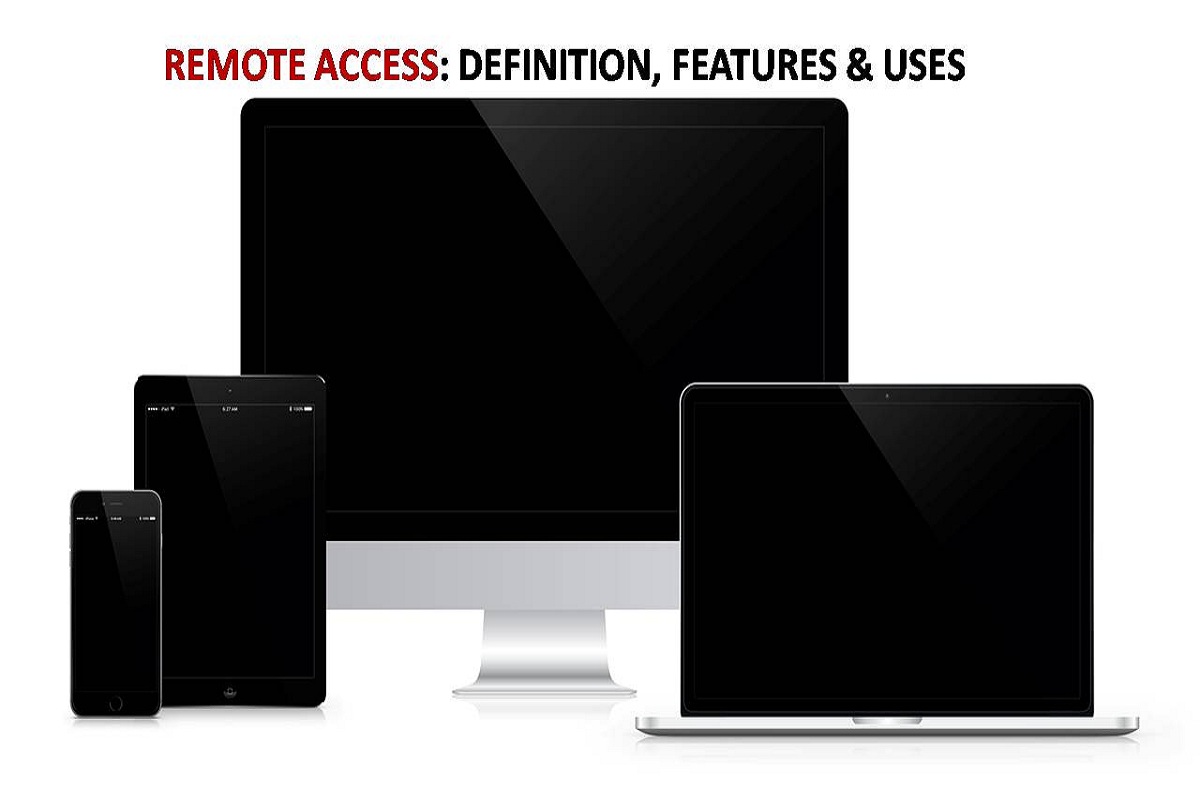

#Remoter definition tv
Then, a Canadian company, Viewstar, Inc., was formed by engineer Paul Hrivnak and started producing a cable TV converter with an infrared remote control. In 1980, the most popular remote control was the Starcom Cable TV Converter (from Jerrold Electronics, a division of General Instrument) which used 40-kHz sound to change channels. ITT was one of the companies and later gave its name to the ITT protocol of infrared communication. So BBC engineers began talks with one or two television manufacturers, which led to early prototypes in around 1977–1978 that could control many more functions. Early Teletext sets used wired remote controls to select pages, but the continuous use of the remote control required for Teletext quickly indicated the need for a wireless device. A remote control that selects Teletext pages would need buttons for each numeral from zero to nine, as well as other control functions, such as switching from text to picture, and the normal television controls of volume, channel, brightness, color intensity, etc. This type of control did not meet the needs of Teletext sets, where pages were identified with three-digit numbers. Most commercial remote controls at that time had a limited number of functions, sometimes as few as three: next channel, previous channel, and volume/off. The impetus for a more complex type of television remote control came in 1973, with the development of the Ceefax teletext service by the BBC. This was widely adopted for color television, replacing motor-driven tuning controls.

In 1970, RCA introduced an all-electronic remote control that uses digital signals and metal–oxide–semiconductor field-effect transistor (MOSFET) memory. Some problems with this method were that the receiver could be triggered accidentally by naturally occurring noises or deliberately by metal against glass, for example, and some people could hear the lower ultrasonic harmonics. The receiver contained a microphone attached to a circuit that was tuned to the same frequency. Later, the rapid decrease in price of transistors made possible cheaper electronic remotes that contained a piezoelectric crystal that was fed by an oscillating electric current at a frequency near or above the upper threshold of human hearing, though still audible to dogs. Each of the four bars emitted a different fundamental frequency with ultrasonic harmonics, and circuits in the television detected these sounds and interpreted them as channel-up, channel-down, sound-on/off, and power-on/off. When the user pushed a button on the remote control, it struck a bar and clicked, hence they were commonly called a "clicker," but it sounded like a "clink" and the mechanics were similar to a pluck. It was mechanical and used ultrasound to change the channel and volume. In 1956, Robert Adler developed "Zenith Space Command," a wireless remote. The Zenith Space Commander Six hundred remote control Remote controls for 2010s onward Smart TVs may feature a standalone keyboard on the rear side to facilitate typing, and be usable as pointing device.
#Remoter definition Bluetooth
Remote controls in the 2000s include Bluetooth or Wi-Fi connectivity, motion sensor-enabled capabilities and voice control. However, there are universal remotes, which emulate the remote control made for most major brand devices. The remote control code, and thus the required remote control device, is usually specific to a product line. They are used to adjust various settings such as television channel, track number, and volume. Remote controls for these devices are usually small wireless handheld objects with an array of buttons. They control functions such as power, volume, channels, playback, track change, heat, fan speed, and various other features. Present-day remote controls are commonly consumer infrared devices which send digitally-coded pulses of infrared radiation. The standard symbol used to denote that it uses infrared as a way to send the signal to devicesĮarly television remote controls (1956–1977) used ultrasonic tones.


 0 kommentar(er)
0 kommentar(er)
